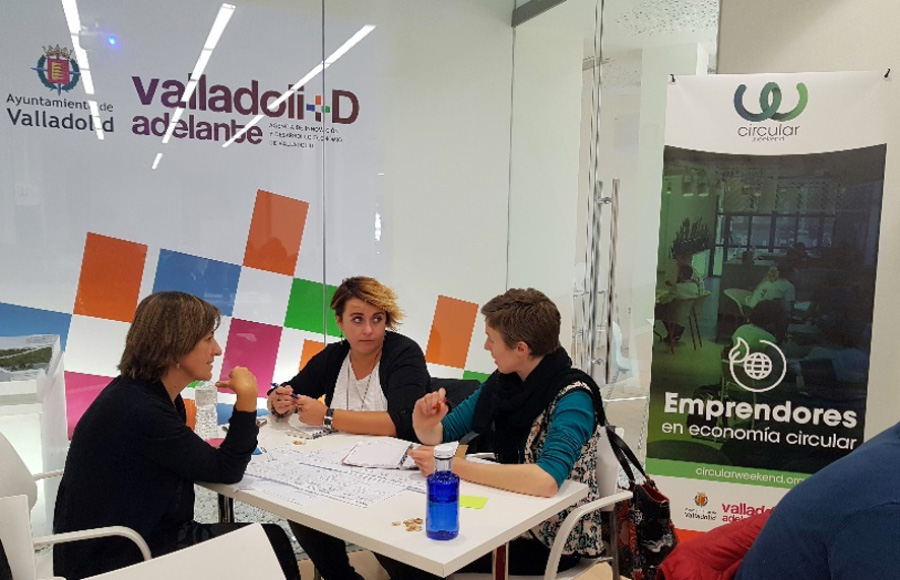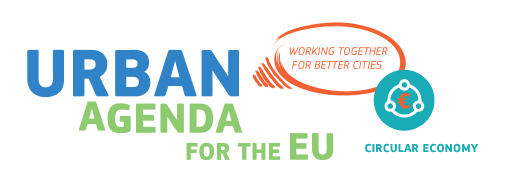Crowdfunding
In traditional funding, you receive large amounts of money from a few sources. Crowdfunding is different in that you receive many small sums from a large group of individuals. Because crowdfunding is relatively new and does not involve formal institutions (it is often organised by intermediary platforms), crowdfunding is considered an alternative form of financing. For small-sized initiatives, a majority up to 100% of the capital required can be crowdfunded. For larger size investments, crowdfunding may be a small part of the total capital. However, other (professional) financers might not be in favour of this due to the risk of liabilities of non-institutional parties.
What are the advantages of crowdfunding?
- You are able to reach a large group of people that can contribute to the company/project and this can create a lot of buzz and awareness around the project, company or product.
- There is an immediate validation of the concept by the level of participation. If your project reaches the required amount within the set time period, this can be a strong signal for its market potential. In subsequent stages, financial institutions will be more willing to invest in the initiative.
- It can be combined with other forms of finance.
What are the different types of crowdfunding?
- Peer-to-peer lending is very similar to traditional lending, except that you receive money from a large number of lenders. The lenders expect repayment of the borrowed amount together with interest.
- Rewards-based crowdfunding is a form of crowdfunding in which the participating individuals expect rewards or returns for the donations or investments they make. This can be, for example, by receiving goods or services for free, at a discount, before the release date and so on. This can also be non-financial returns, for example by contributing to the realisation of social goals.
- Equity-based crowdfunding is quite similar to issuing shares to investors, except that the equity is distributed among a larger number of investors. The funders receive an equity stake that is relative to the amount they invest in the funded company or project.
What are the existing crowdfunding platforms?
There are hundreds of crowdfunding platforms online. Platforms like Kickstarter ![]() , Indiegogo
, Indiegogo ![]() , and Gofundme
, and Gofundme ![]() are well-known and have a generic character. Although these platforms can be interesting for circular city initiatives, there are also platforms that focus specifically on social and environmental investments:
are well-known and have a generic character. Although these platforms can be interesting for circular city initiatives, there are also platforms that focus specifically on social and environmental investments:
Besides crowdfunding platforms, it is also possible to make use of the European Crowdfunding Network ![]() . Here, initiatives are executed related to European crowdfunding, professional standards are developed, and professional networking opportunities are provided to make it easier for members to interact with industry participants.
. Here, initiatives are executed related to European crowdfunding, professional standards are developed, and professional networking opportunities are provided to make it easier for members to interact with industry participants.






